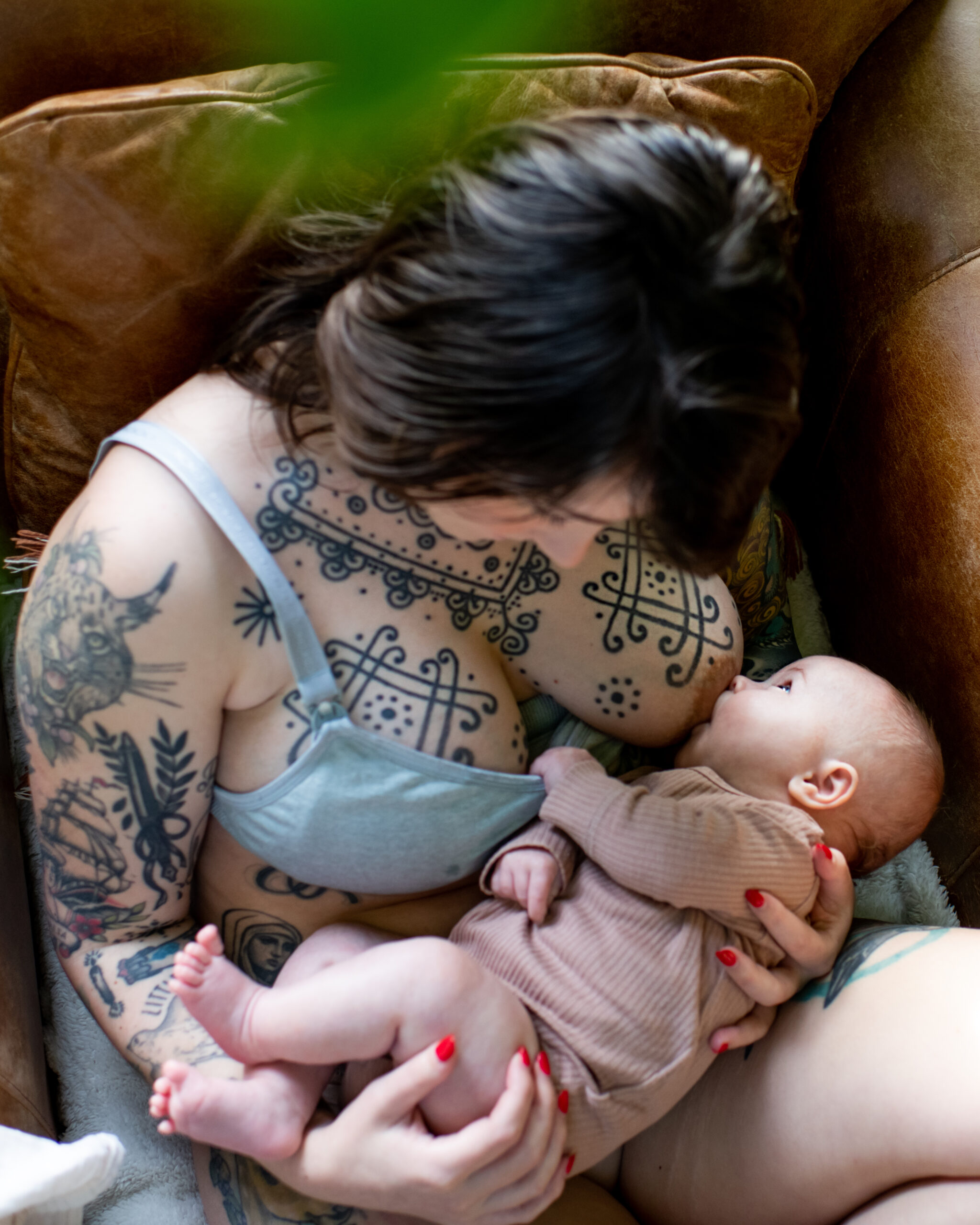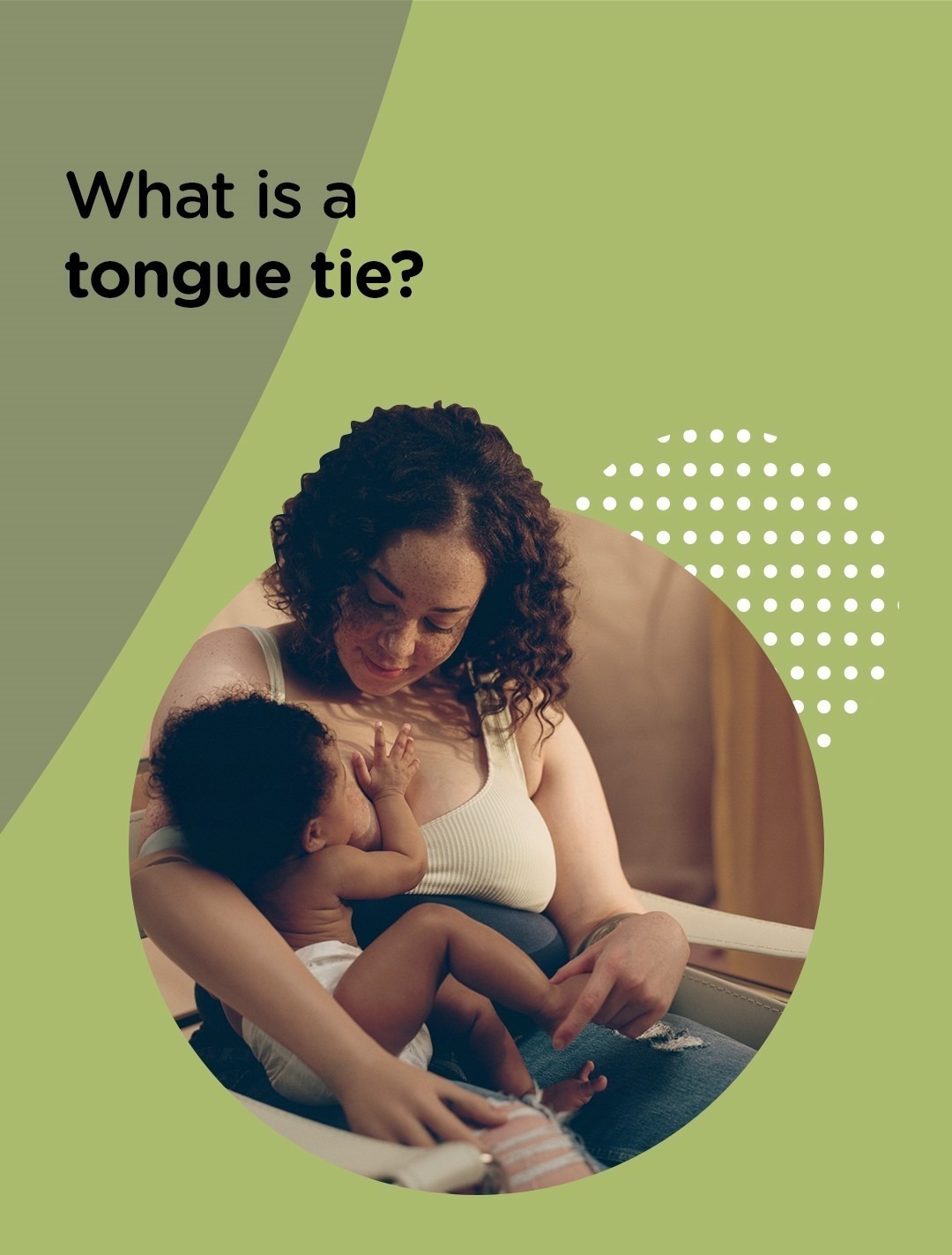Even though babies are super cute, they can get messy from time to time, but it’s good to know that they don’t need a full bath every day during the early days! Topping and tailing can be a good alternative method for keeping your baby clean in-between baths – starting at their head and ending at their bottom!
Let’s run through what topping and tailing is, what you’ll need to do it, and how to top and tail your baby safely.
What are the benefits of top and tailing?
Gently washing your baby from top to bottom using cotton pads and warm water can be particularly useful in their first few weeks. This is because they’re so tiny and you’re able to keep their umbilical area dry and clean as it heals. A baby’s umbilical stump usually falls off within two weeks after birth, and then takes an extra 10 days to heal and form a belly button.
Top and tailing is quick and easy and gives you a chance to get some quality skin-to-skin contact and special bonding time. It also gives you time to get used to handling and caring for your little one and builds your confidence before you give them their first proper bath.
When to top and tail a newborn
Although there’s no perfect time of day to top and tail, it’s best to find a time when your baby is happy, calm, and wide awake.
Some parents choose to top and tail their baby before bedtime. Others find that topping and tailing in the morning works best and gives them and their little one a great start to the day. Whenever you decide the time is right for you, you should make sure that the room you’re in is warm and comfortable.
How often should you top and tail a newborn?
At first, you can top and tail your newborn baby every day or every few days as needed. But because every baby is different, it’s key that you find a bathing routine that works for you and your newborn.
Most babies only need proper baths twice or three times a week, and they can be top and tailed as needed in between.
Top and tailing: What you’ll need
Top and tailing involves washing your baby’s face, neck, hands, underarms, and nappy area using moistened cotton pads.
Before you get started, it’s important to be prepared with these essentials close to hand…
- A changing mat on the floor
- Two bowls of cool (but still warm) boiled water
- A soft towel
- Some cotton pads
- A soft flannel or un-fragranced baby wipes that are suitable for babies
- A fresh nappy and some un-fragranced barrier cream
- A clean outfit to dress your baby in afterwards
It’s worth noting that you don’t need to use any soap, shampoo, or products when top and tailing your baby. Just water works great, and it’s safer for your baby’s delicate skin.
Top tips for topping and tailing
Here are our top tips on how to make the most of topping and tailing and how to make it easier for yourself…
- Talking to your baby and explaining what you’re doing while you wash them will help them relax and make the whole experience enjoyable for you both.
- It’s best to top and tail your baby on a changing mat on the floor to prevent any worries about them rolling or falling from a height.
- The water you use should be warm – but make sure it’s not too hot. Around 37-38°C or 98°F-100°F is perfect. You can test this yourself by putting your elbow or wrist in the water, or by using a special bath thermometer.
How to top and tail a baby
Here is our seven-step guide to topping and tailing a baby…
- Before you top and tail your baby, make sure your hands are clean, take off any jewellery that could scratch their skin, and endure that your baby is secure and comfortable.
- Undress your baby but leave their nappy on. Depending on the time of year and the temperature of the room, you may want to leave their vest on too, or wrap them up in a fluffy towel to make sure they don’t get too cold. Remember to reassure them as you go along.
- Starting at the top, use cotton wool to wipe your baby’s face and neck, not forgetting around their ears. (Never use cotton buds to clean inside their ears.) Alternatively, you can use a soft cloth dipped in warm water for this, and then dry them with a soft flannel or cotton wool. You should use a new cotton wool piece for each of your baby’s eyes. This way, you minimise the risk of spreading any potential infections. Gently wipe around their delicate eye area and move the cotton wool from the nose in an outward motion.
- Next, give their underarms a good wipe and then move onto their hands (each with a new piece of cotton wool) and gently pat them dry.
- Moving down, take their nappy off and gently wash their privates and bottom, making sure you’re using a new piece of cotton wool. Again, check the water is warm so this step isn’t uncomfortable for them. If your little one is a girl, be sure to wipe from front to back.
- Pat their skin dry very gently and remember to dry in between any folds of skin.
- Finally, put a new nappy on them, dress them, and give them a big cosy cuddle.


